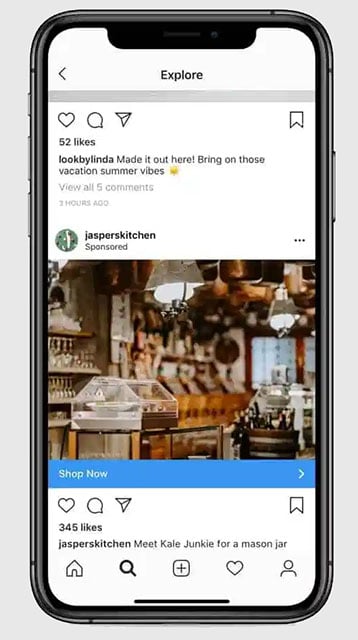Known’s Liz Hess describes a world where linear customer journeys have given way to a complex matrix of platforms and routes. Worse, attempts to map them too often fall short with internal misalignment.
In today’s fiercely competitive and optimization-obsessed market, understanding and enhancing the customer journey has emerged as a crucial aspect of success. Customers have come to expect personalized, proactive, and anticipatory experiences. Delivering exceptional customer experiences throughout the entire journey is the key to building strong relationships, fostering loyalty, and driving sustainable growth.
The customer journey has become a pivotal concept that empowers organizations. With marketers embracing the idea that excellent customer experiences can be the best advertisement for a brand, customer journey mapping has become an obligatory aspect of go-to-market planning.
To create the seamless experiences that customers have come to expect, marketers dissect customer needs and aggregate an amalgamation of data: marketing metrics to define the details of how customers have been acquired, user research for a step-by-step analysis of the shopper journey, market research gleaned by interviews with customers and survey data, and details on how a buyer persona uses a product. There’s also a treasure trove that can be gleaned from customer touchpoints including email interactions, social media engagement, abandonment of part-filled shopping carts, returns to the site after abandonment, or chats with sales or support representatives.
Welcome to the matrix
The customer journey, once linear, has been replaced by a complex matrix of touchpoints with the customer at the centre. Somewhere along the way, customer journeys have gotten so fluid that we’ve forgotten who and what we’re serving. Marketers need to strive for a dynamic, collaborative, and socialized customer journey that works harder and smarter.
As brand marketers, we often witness clients invest significant time and resources into (and apply painstaking detail to) defining a brand strategy, only to hit a crossroads when socializing the direction among other departments. They fall in love with a vision but struggle to evangelize colleagues with the same energy, vigour, and inspiration.
For companies to live up to their brand promise and keep up with ever-evolving consumer demands, they need to be aligned and involve each division and department. While completely breaking down silos isn’t realistic, a collective journey map can be an effective bridge to connect teams and disciplines. Still, there are a few principles to position the customer journey as a tool for internal alignment.
1. Make it universal
The customer journey shouldn’t live within one department. A customer journey is best used as a tool for building consensus, and a contract between each discipline as to what they’re ultimately working towards.
The map should provide the business with a common language and understanding of how all efforts intersect. All initiatives should stem from the journey by translating customer needs into business rationale.
2. Make it personal
A customer journey map should outline not only how disciplines intersect but also how specific individuals in the company support customers’ needs. This is particularly impactful in healthcare marketing, where it’s been shown that when employees understand how they impact patients’ lives directly, it leads to higher job satisfaction, employee retention, and overall marketing and sales effectiveness. Naming clear roles and responsibilities, escalation protocol, and internal systems creates a sense of collective ownership.
3. Make it actionable
Brand strategies can often fail in implementation. Your brand is everything that you do, so it’s crucial to thread foundational brand elements into the journey. Beyond characterizing your customer, you can also use a journey map to humanize the brand. For instance, we can imagine and define how a brand archetype would behave at critical moments that matter, based on its values and focuses.
4. Make it holistic
Remove the purchase funnel and think about what a customer is really doing before they’re engaging with or thinking about the category. Customers enter and re-enter the funnel at various points, and with different states of mind and needs. Designing these pre-entry points helps us to imagine what motivates a customer, and when.
At times, imagining a category-agnostic customer journey can help widen the aperture to identify moments and touchpoints that can bring a customer into the journey at various stages.
While there are many schools of thought, training courses, and step-by-step guides to creating customer journeys, marketers and brands looking to create a competitive advantage and win need to break convention in favour of utility. Want to create customer journey maps that are enlightening, inspiring, and effective? Flexibility is the key to success.
Feature Image Credit: Amirali Mirhashemian via Unsplash






